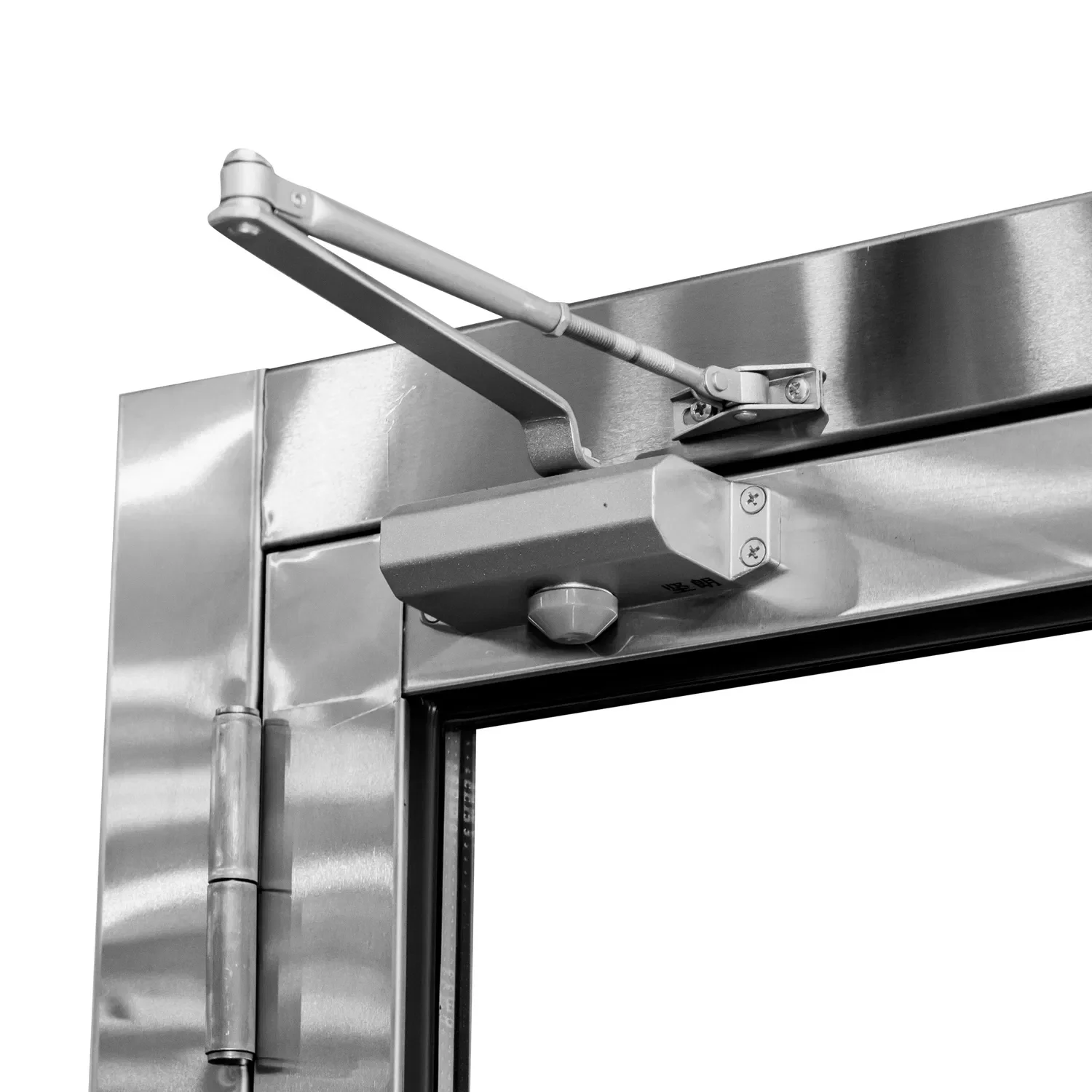When it comes to constructing a building, the importance of proper insulation cannot be overstated. One critical area that often gets overlooked is the insulation beneath concrete slabs. This article delves into the optimal thickness of insulation required under concrete slabs, exploring the factors that influence this decision, the benefits of adequate insulation, and best practices for installation.
Understanding the Role of Insulation Under Concrete Slabs
Insulation serves as a barrier against heat loss and moisture infiltration, playing a crucial role in maintaining energy efficiency and comfort within a building. Under concrete slabs, insulation helps regulate temperature fluctuations, reduces energy costs, and prevents issues such as condensation and mold growth.
Factors Influencing Insulation Thickness
- Climate Zone: The geographical location of a building significantly impacts the required insulation thickness. In colder climates, thicker insulation is necessary to prevent heat loss, while in warmer regions, a thinner layer may suffice. The U.S. Department of Energy provides guidelines based on climate zones, which can serve as a starting point for determining insulation needs.
- Building Use: The intended use of the building also dictates insulation requirements. For instance, residential buildings may require different insulation standards compared to commercial spaces, particularly those with high foot traffic or specialized equipment.
- Concrete Slab Type: The type of concrete slab—whether it’s a basement slab, a ground-level slab, or a suspended slab—can influence insulation thickness. Basement slabs often require more insulation to combat the cold from the ground, while ground-level slabs may need less due to the surrounding soil's thermal mass.
- Energy Efficiency Goals: Building codes and energy efficiency standards, such as those outlined in the International Energy Conservation Code (IECC), provide minimum insulation requirements. However, for those aiming for higher energy efficiency ratings, such as LEED certification, thicker insulation may be necessary.
Recommended Insulation Thickness
While there is no one-size-fits-all answer, a general guideline suggests that insulation under concrete slabs should be at least 2 inches thick in colder climates, while 1 inch may be adequate in milder regions. However, many experts recommend going thicker—up to 4 inches—especially in areas with extreme temperature variations.
Types of Insulation Materials
The choice of insulation material also affects the thickness required. Common materials include:
- Extruded Polystyrene (XPS): Known for its moisture resistance and high compressive strength, XPS is a popular choice for under-slab insulation. Typically, a thickness of 2 to 4 inches is recommended.
- Expanded Polystyrene (EPS): This material is less expensive but may require a thicker layer (up to 4 inches) to achieve the same R-value as XPS.
- Polyurethane Foam: Offering superior insulation properties, polyurethane can be applied in thinner layers while still achieving high R-values.
Installation Best Practices
- Moisture Barrier: Before laying insulation, it’s crucial to install a moisture barrier to prevent water from seeping through the slab. This barrier can be a polyethylene sheet or a specialized membrane.
- Seam Sealing: Ensure that seams between insulation boards are tightly sealed to minimize thermal bridging, which can significantly reduce insulation effectiveness.
- Load Considerations: When selecting insulation, consider the load it will bear. Ensure that the chosen material can withstand the weight of the concrete slab and any additional loads from the structure above.
- Professional Consultation: Engaging with a building professional or an energy consultant can provide tailored recommendations based on specific project requirements and local building codes.
Conclusion
Determining the appropriate thickness of insulation under a concrete slab is a multifaceted decision influenced by climate, building use, and energy efficiency goals. By understanding these factors and adhering to best practices, builders can ensure optimal insulation performance, leading to enhanced energy efficiency, comfort, and longevity of the structure. Investing in adequate insulation not only pays off in reduced energy costs but also contributes to a more sustainable and comfortable living environment.


